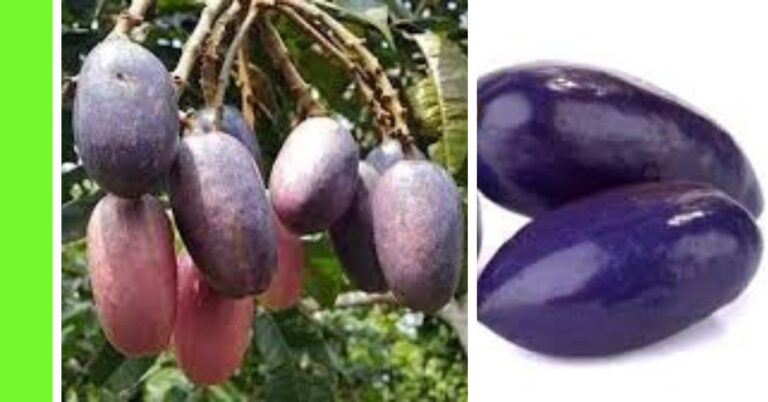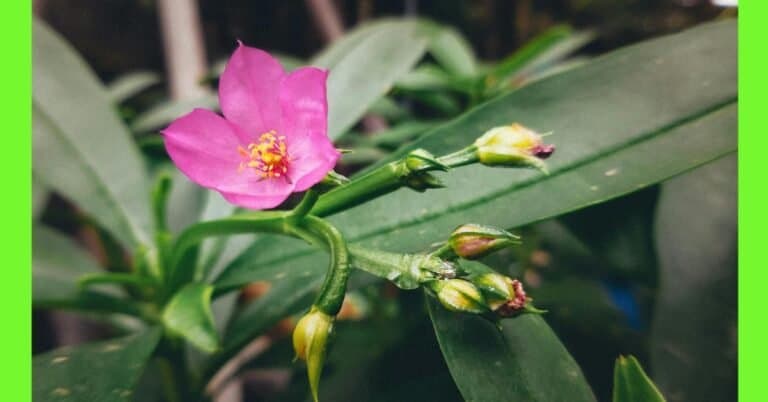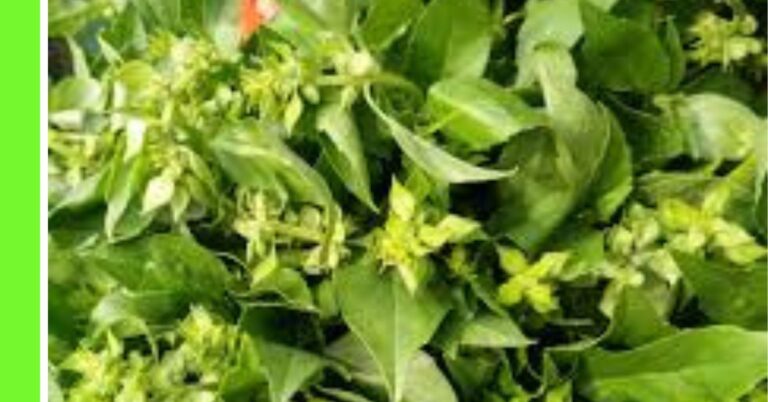Planting Turmeric: See How To Plant Turmeric In 5 Steps

Planting turmeric is one of the things I do without stress,
It does not need so much work to plant and the crop does so well,
I find it easier growing turmeric than ginger,
What about you? Leave a comment in the comment section.
Turmeric is a well known herb,
One thing I love about the plant is its beautiful look and its used for beautification too,
plant it on a flower bed and it fits right.
Let’s do a little study of the plant.
Description of Turmeric Plant
Turmeric plants have a thick single stem with long simple leaves
and long petioles that join the leaves to the stem.
The plant reaches about 1 meter (3.3.ft) in height.
It has oblong leaves, the leaf colour ranges from dark green to pale green.
It’s a flowering plant.
Its flowers are yellow – white and when they bloom
They are pale green or white with purple colour at the tip of the flower.
They produce via its underground stem called rhizomes.
The plant is usually cultivated for the rhizomes.
Rhizomes are thick and ringed with a brownish colour on the outside and orange inside,
Attached to the root are the rhizomes.
Turmeric (Curcuma Longa) is a perennial herbaceous plant of the ginger family Zingiberaceae.
Planting Season for Turmeric
Turmeric is grow all year round but the major planting seasons are;
Early planting May to June or late planting July to August.
Planting during the dry season will need irrigation.
Planting Turmeric
Step 1 – Choose a Location
Choose a good location for the plant,
Ensure the location has enough sunlight,
If you are planting in a container there is still a need to get the right location to place the container.
Step 2 – Land Clearing and Preparation
After selecting the best location for your plant
Clear and prepare the soil for planting
Cut down shrubs and grasses, remove any dirt such as nylons or paper
Till the soil to loosen it,
this is very important for the crop to produce well as the plant reproduces underground,
loosen the soil to make it easy for the roots to penetrate and the rhizomes to grow.
Apply a good quantity of manure to the soil.
Step 3 – Seed Selection when Planting Turmeric
In the case of turmeric use the tuber or rhizome itself for planting,
or the root to plant,
And you can also grow it from seedlings or young plants,
You can cut a rhizomes into two or three piece and plant it does well
But whole rhizomes are much better.
In selecting turmeric roots for planting select healthy rhizomes that are plump with good amount of flesh
Do not use roots that are rotting or poor looking.
You can source seed or seedling from the market or store,
If you have grown turmeric before you can select good rhizomes to replant
Step 4 – Plant the Seed
After selecting the seed it’s time to plant it.
For rhizomes and roots dig an opening it the soil enough to cover up the seed,
It’s about 2.5cm (1 inch) to 5cm (2 inches) and it could be more depending on the size of the rhizomes or root
Most time the roots are bigger in size
If you are using seedlings it’s about the same thing but in this case
you are making a bigger opening in the soil to accommodate the soil and plant.
If you are transplanting a young plant you uprooted,
make a hole in the ground enough to get the roots into the soil and hold the plant upright.
A spacing of 30cm to 40cm is appropriate
You can plant turmeric alongside other crops like Corn (maize), Okro, Pepper.
Step 5 – Watering
Immediately after planting water the soil
Water turmeric plant at least three times in a week; this depends on what time of the year.
During the rainy season there may be no need except where it does not rain for a while.
Watering plays a good role in turmeric plants;
it also helps to prevent certain plant diseases.
Maturity and Harvest
Turmeric is ready for harvest 7 to 10 months after cultivation
When turmeric is ready for harvest the plant begins to dry up,
you’ll notice the leaves turning yellow and wither.
The crop is mature when the plant withers completely.
It is advisable to allow the plant to dry up completely before harvesting.
Ensure you harvest the rhizomes before a new planting season
otherwise new plants will begin to spring up from it.
Storage
Wash up the rhizomes and dry out the water.
Spread in an airy place and use when needed,
It can stay fresh for several weeks
To increase the shelf life, you can make turmeric powder with the fresh turmeric.
Soil Fertility Boosting
Turmeric needs lots of manure,
as stated above add lots of manure to the soil before planting,
and as the plant keeps growing add manure two to three times before harvest,
Use Crop rotation to help boost soil fertility.
Pest and Diseases
Pests
- Lesion worms
- Burrowing nematodes
- Shoot borers
- Aphids
Diseases
Leaf Blight: caused by a fungus called Curvularia Lunata.
Signs of this disease in turmeric plant is a black or brown spot on the leaves
and also the leaves begin to get yellow and start to wither.
Root Rot: caused by a fungi called Rhizoctonia Solani.
Root rot causes the roots of the plant to rot.
These diseases can lead to the death of the plant.
Pest and Disease Control
To prevent the diseases mentioned above, water the plant well.
Ensure the plant has adequate nutrients and apply manure at the appropriate times.
Use crop rotation, this helps to prevent pest infestation.









